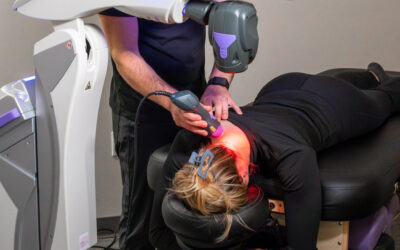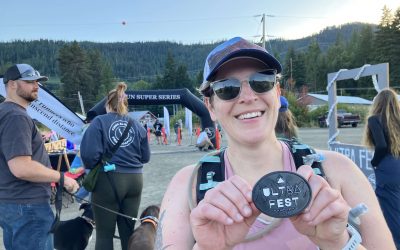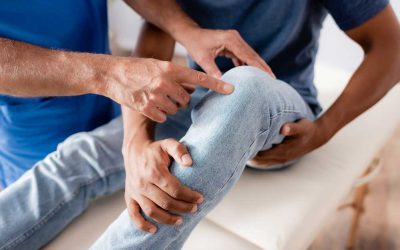Let me address the first part of this blog to all the lawyers out there (my wife included, hi honey!) and mention that everyone is different and that two people with similar lower back pain symptoms might have two very different sources of pain. Therefore, if you are experiencing lower back pain, the most responsible course of action is to seek out a thorough evaluation with a chiropractor, physical therapist or sports medicine professional.
With that being said, now that getting into the blog…
You may have heard that lower back pain is one of the most common musculoskeletal afflictions in the modern age. If you are reading this, you may be experiencing discomfort at this very moment, or you are a health and fitness professional gaining new knowledge and perspective. Whatever you motivation, thank you for taking a moment to lean. I hope I don’t disappoint.
It’s true, sitting for long periods of time has a profound negative effect on the amount of pressure our disc has to withstand. Sitting also puts your hamstrings in shortened position, which can pull your pelvis into a posterior tilt, thus weakening your deep core and putting your lower back in a precarious position. A common misconception when it comes to sitting is that your hips flexors and lower back become tight, leading to what is termed as ‘lower crossed syndrome’. While, LCS is a real thing and should be assessed, there is very little correlation between sitting and the need to stretch out your hip flexors and lumbar erectors. In fact, I argue that if you sit a lot, it would be behoove you to build lower back endurance in addition to glute and anterior core activation. Think about it. For instance, if you are sitting down right now as you ready this blog, where is your lower back positioned? Is it extended, neutral or flexed? If it is neutral, just give it a few minutes. Your core will eventually fatigue and your pelvis will dump backwards and round your lower back, leaving your erector spinae group stretched and prone to weakness over time.
My point is sometime lower back pain can stem from weakness in your lower back. All lower back pain? Absolutely not. However, whether your suffering from sacroiliac pain, lumbar disc bulge or herniation, lumbar strain, facet syndrome, or many other common lower back ailments, there is very little downside to at least understanding principles of movement and roles muscles play in supporting good posture. If you suspect that you may need further evaluation, consider visiting our Portland or Seattle chiropractor and functional rehab center here at Tangelo!
Below are the top three exercises for lower back pain. Are they right for you? The only way to know for sure is to consult your chiropractic, physical therapy or sports medicine expert.
Diaphragmatic Breathing
As cliche as it sounds, movement does start with the core. However, maybe not the core muscle that get the most publicity like your obliques, rectus abdominis or even the multifidus. The muscle I want you to draw attention to is one that should be contracting and relaxing with each breath when you are cycling through your 25,000 to 28,000 breathes per day. That muscle is your diaphragm, a plunger shaped muscle that, among many things, helps preserve proper alignment and stability around your lower back.
Cat Cow
It’s a classic for a reason. The Cat Cow is a great exercise to draw brain-body awareness to any discrepancy that may be taking place between how your pelvis rotates forward (anterior pelvic tilt) and how it rotates back (posterior pelvic tilt). Restriction moving in any direction could have to do with muscular motor control, but it could also be a symptom of something not right within the spine itself. Regardless of the cause of dysfunction, this exercise draws awareness to the issue that can be helped with the assistance of a medical professional.
Hip Hinge
Alright, now it’s time to make like a door…. and hinge. In the decade I have had the privilege of serving patients, the reality is that for every one patient that has come in from deadlift related lower back pain, fifty have sustained lower back injuries from performing simple daily tasks such as picking laundry off the floor. The simple reason for this disparity is that when you deadlift, you naturally put yourself in the most optimal position to be stronger than the weight is heavy. In short, you are prepared. When it comes to normal simple tasks, you just do it with very little concern for proper form. That is when injury comes knocking at your door.
The hip hinge is a great way to help you become confident and proficient at the most functional movement you will need to perform your entire life. Whether you are 18 months or 81 years old, you need to know how to hinge. In addition to building endurance in your lower back, the hip hinge also helps reset the length-tension relationship in your hamstrings, which helps you weight shift properly so your lower back can remain healthy and happy.
Thank you for taking time for read this blog. If you live in the PNW and looking for Seattle Chiropractor or Portland Chiropractor, we would be honored to be on your team. Keep moving and #gotangelo


